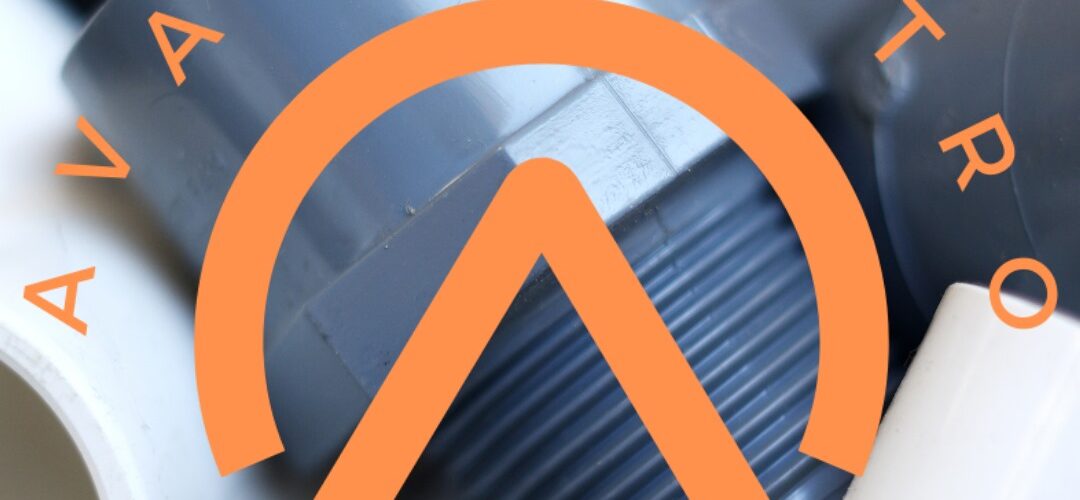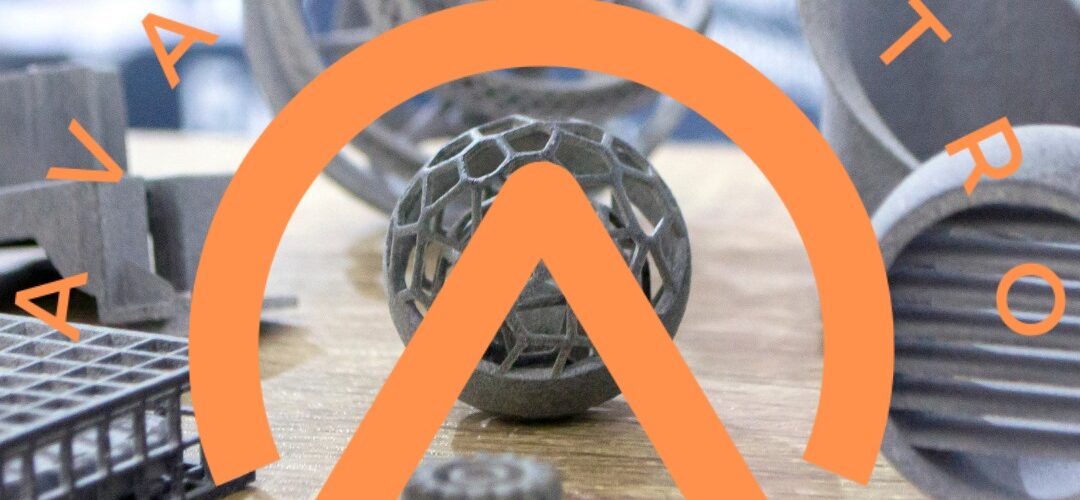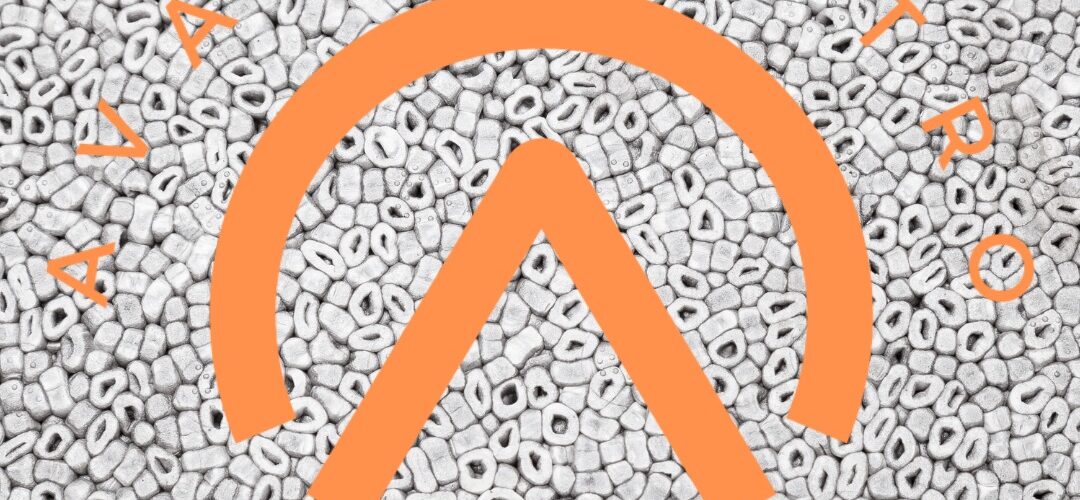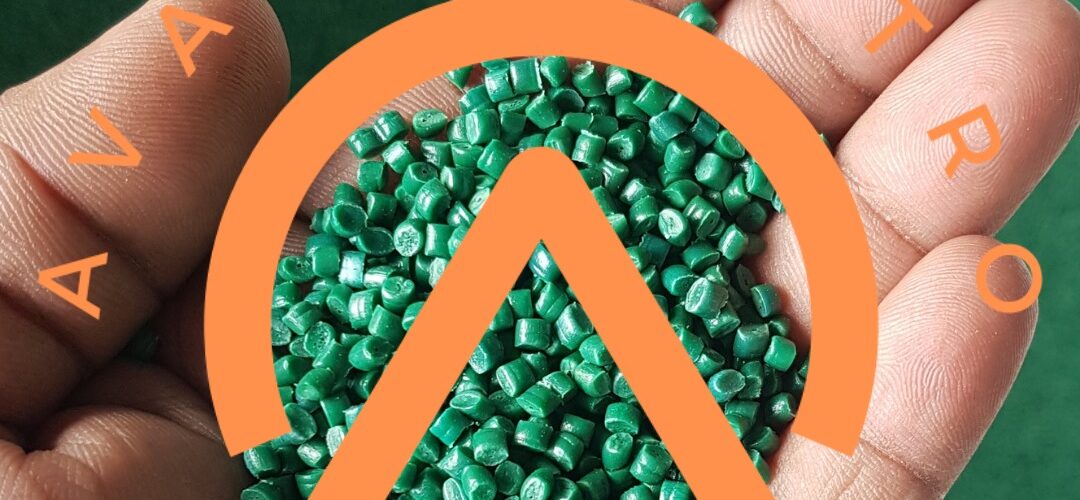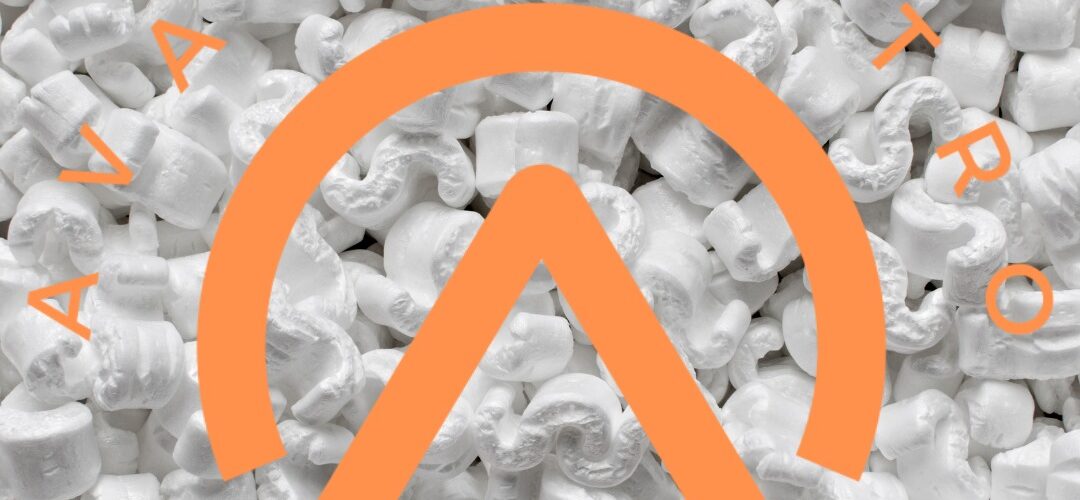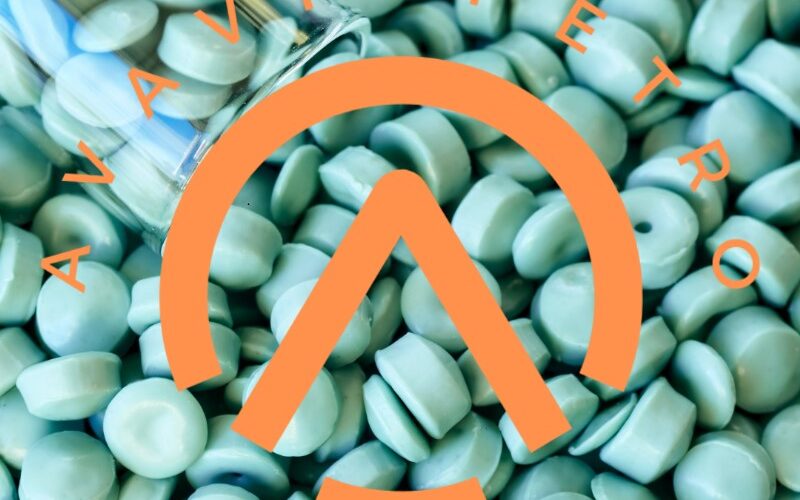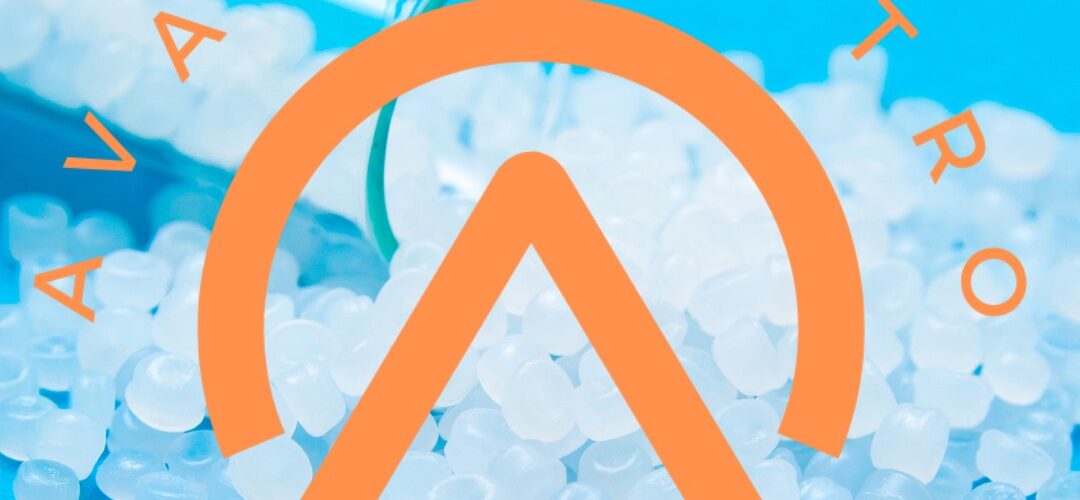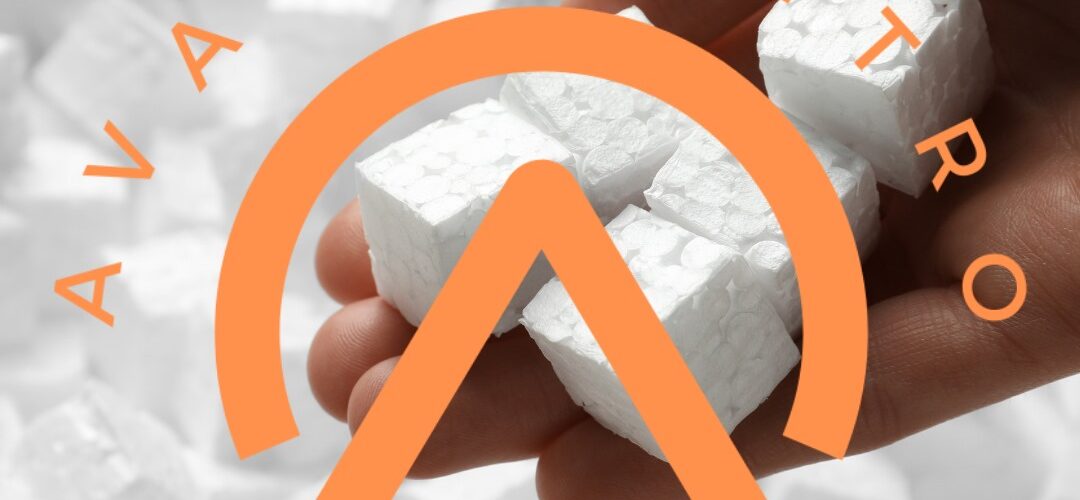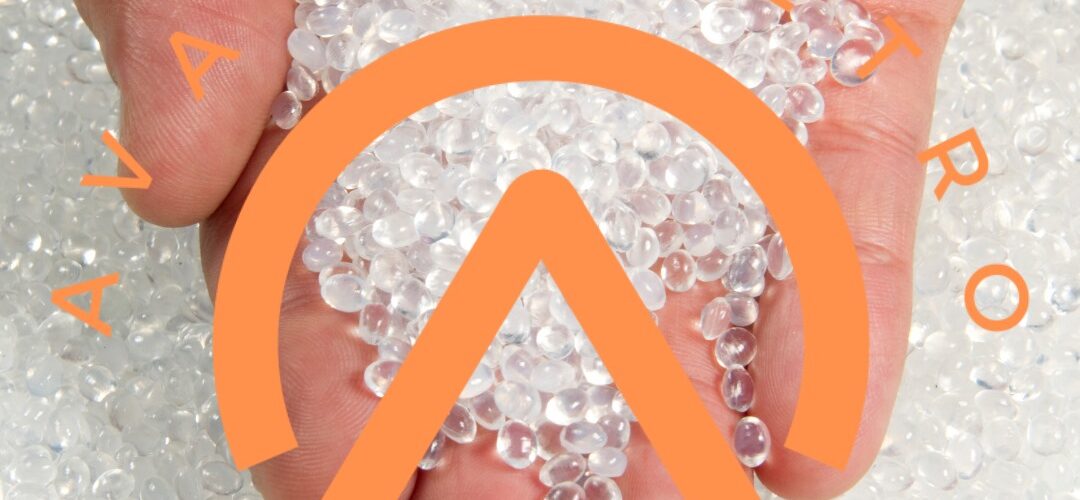Unleashing the Power of Antimicrobial Masterbatch for Transparent (Natural Colour) Plastic Raw Materials
In the realm of plastics manufacturing, staying ahead of the curve is not merely a preference; it’s a necessity. The demand for innovative solutions that combine functionality with safety has given rise to an intriguing development – the Antimicrobial Masterbatch designed specifically for transparent plastic raw materials in their natural color state.
Understanding Antimicrobial Masterbatch
What Sets It Apart?
Antimicrobial Masterbatch is a groundbreaking additive formulated to inhibit the growth of microorganisms on plastic surfaces. In an era where hygiene is paramount, this masterbatch takes center stage by providing an extra layer of protection. But what makes it truly remarkable, especially for transparent plastics, is its ability to seamlessly integrate without compromising the aesthetic appeal of the material.
How Does It Work?
The science behind Antimicrobial Masterbatch involves the release of active agents that target and eliminate microbes upon contact. This not only ensures the longevity of the plastic product but also contributes significantly to maintaining a sterile environment. The transparency of the plastic remains uncompromised, making it an ideal choice for various applications.
Applications Across Industries
Healthcare
In the healthcare sector, where stringent hygiene standards are non-negotiable, transparent plastic materials treated with Antimicrobial Masterbatch become invaluable. From medical devices to packaging, the added layer of protection minimizes the risk of microbial contamination, safeguarding both products and end-users.
Food Packaging
Transparent plastic used in food packaging requires a delicate balance between aesthetics and safety. Antimicrobial Masterbatch addresses this concern admirably, ensuring that the packaging not only showcases the contents in their natural color but also guarantees a hygienic and contamination-free environment for consumables.
Advantages Galore
Long-lasting Protection
The incorporation of Antimicrobial Masterbatch isn’t a mere surface treatment; it becomes an integral part of the plastic matrix. This ensures a prolonged and effective antimicrobial action, providing lasting protection against a wide spectrum of microorganisms.
Preserving Aesthetics
One of the primary concerns when introducing additives to transparent plastics is the potential alteration of color or clarity. Antimicrobial Masterbatch, tailored for natural color plastics, eliminates this worry. It seamlessly integrates without compromising the visual appeal of the material, making it the perfect choice for products where aesthetics matter.
Environmentally Friendly
As the world pivots towards sustainable practices, the choice of materials becomes crucial. Antimicrobial Masterbatch aligns with this ethos by being environmentally friendly. Its production involves minimal environmental impact, making it a responsible choice for conscientious manufacturers.
Future Trends and Industry Adoption
The rapid adoption of Antimicrobial Masterbatch signals a paradigm shift in the plastics industry. As regulatory bodies tighten their grip on safety standards, manufacturers are turning to innovative solutions like never before. The transparency of natural color plastics treated with Antimicrobial Masterbatch positions it as a frontrunner in this transformative journey.
Conclusion
In the dynamic landscape of plastics manufacturing, staying at the forefront requires embracing advancements that not only meet industry standards but surpass them. Antimicrobial Masterbatch for transparent, natural color plastics is a testament to this pursuit of excellence. Its ability to provide enduring protection without compromising aesthetics makes it an indispensable choice across diverse sectors.
Written by Emir Narin

